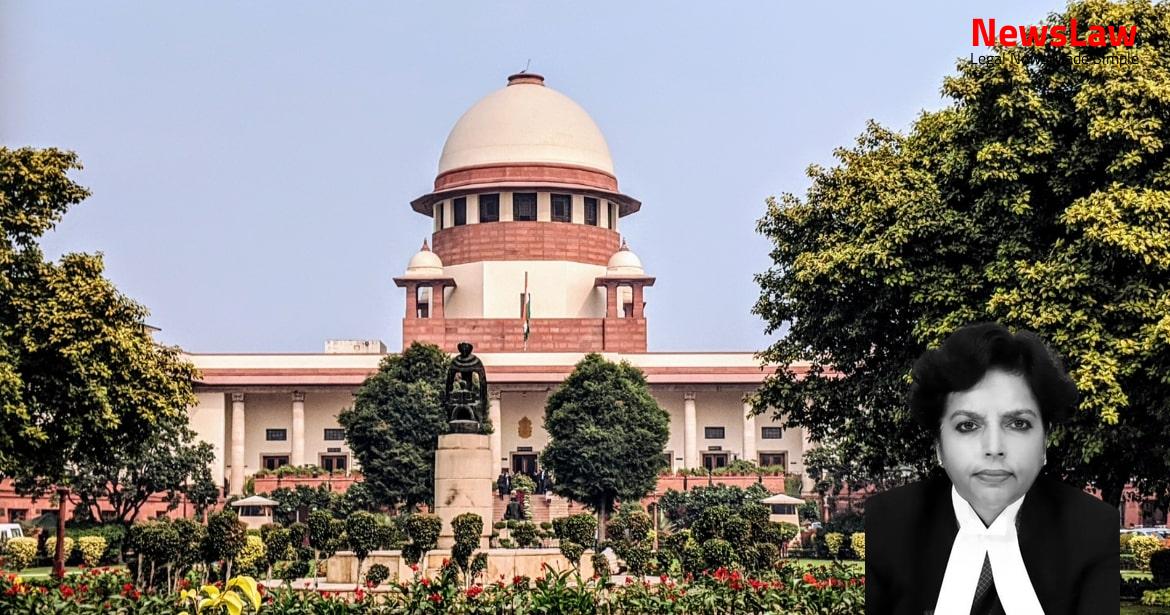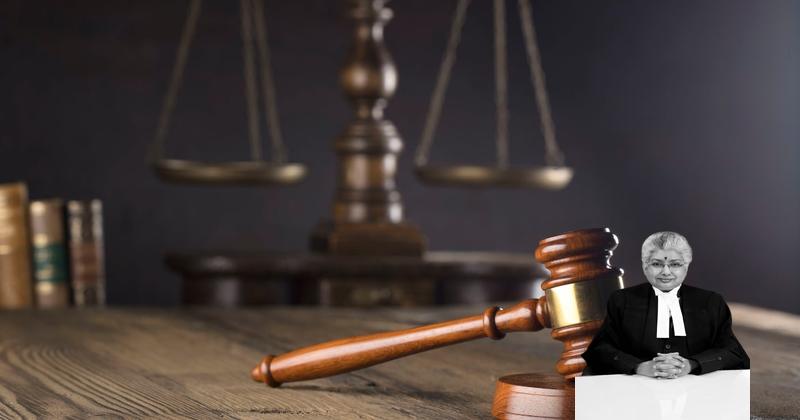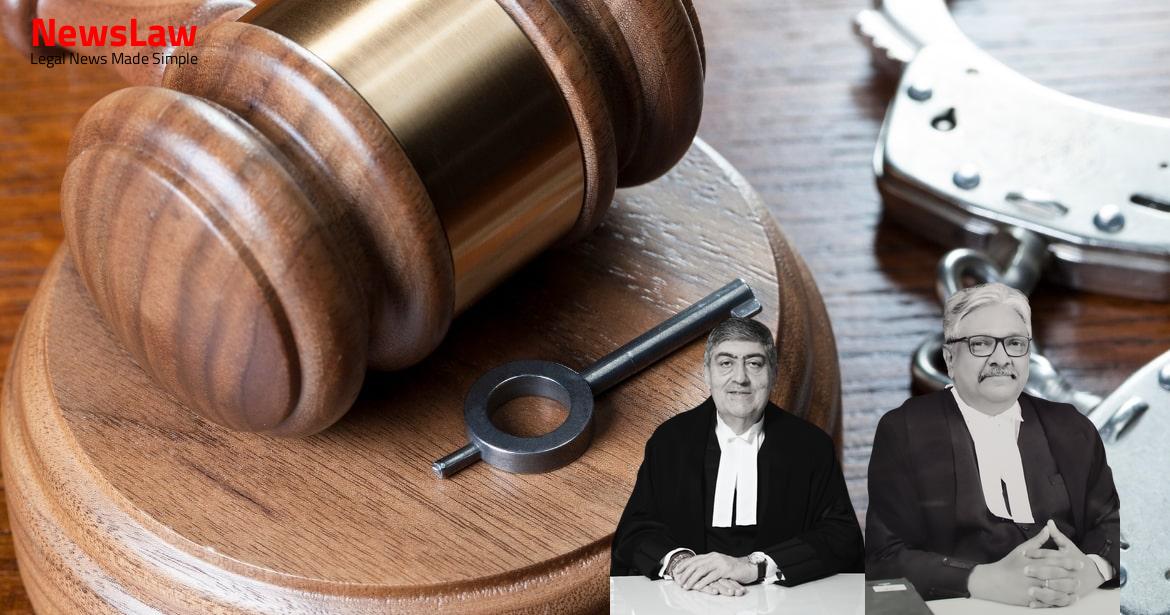Delve into the comprehensive legal analysis conducted by the court regarding construction activities near a temple. The court’s meticulous examination of statutory provisions and permissions for public projects sheds light on the balance between preservation and public interest. Stay tuned for a detailed overview of the court’s findings and directives.
Facts
- The petitioner filed an Interlocutory Application seeking permission to file a Special Leave Petition against the High Court’s order dated 9 May, 2022.
- The High Court order in question recorded submissions by the Advocate General and directed the matter to be posted for further hearings.
- The petitioners are aggrieved by the High Court’s refusal to grant an interim order restraining construction activities by the respondents.
- The petitioner in Special Leave Petition (Civil) Diary No.16718 of 2022 was not a petitioner before the High Court.
- Further orders were passed on 21 April, 2022 in the case mentioned.
- The petitioner had filed an Intervention Application in the High Court, which is pending consideration.
- The petitioner claims to be a devotee of Lord Jagannath and filed the Intervention Application based on this.
- The High Court’s order dated 9 May, 2022 is challenged in the present Special Leave Petitions.
- Permission to file the Special Leave Petitions was granted, and leave was also granted in both petitions.
- A Public Interest Litigation was filed before the High Court challenging unauthorized construction activities near the Shree Jagannath Temple complex.
- Initial proceedings of the case involved statements by the learned Advocate General being recorded.
Also Read: Presumption of Genuine Endorsements in Cheque Case
Arguments
- The petitioners, who are social activists and devotees of Lord Jagannath, have been permitted to intervene in the case regarding construction near the Temple.
- The Advocate General explains the definitions of ‘Authority’ and ‘Competent Authority’ under the Ancient Monuments and Archaeological Sites and Remains Act.
- The competent authority for Odisha has obtained a No Objection Certificate (NOC) from the National Monuments Authority (NMA) for construction works near the Temple.
- Arguments are presented regarding the prohibition of construction in certain areas under the said Act, emphasizing public interest and the need for basic facilities near the Temple.
- The Court is urged to restrain the State from further construction activities pending the appeals.
- Reference is made to existing provisions that allow for certain constructions like toilets, drainage works, and provision of public utilities.
- Previous court cases are cited where directions were given for the improvement of facilities for the public at large.
- Concerns are raised about the inconvenience faced by devotees during crowded events like Rath Yatra, leading to the clearing of areas near the Temple for better access.
- Challenges are raised against the authority of NMA to permit construction in prohibited areas, insisting that only ASI has the legal authority for such activities.
- Allegations of unauthorized constructions and irregularities by the respondents-State within the prohibited area are highlighted.
- The applicants, supporting the State Government, endorse the argument against unauthorized construction near the Temple.
- Mr. Pai Amit and Mr. Swetaretu Mishra support the submissions made by the learned Advocate General on behalf of the applicants/interveners/impleaders and Shree Jagannath Temple Managing Committee.
- Mr. A.D.N. Rao, representing ASI, states that ASI has no objection to the construction as long as it complies with the law.
- The area surrounding the Temple was acquired through negotiations, not under the Land Acquisition Act.
- The buildings in the area were owned by Sevayats who are in support of the developmental work around the Temple.
Also Read: Medical Negligence and Compensation: A Landmark Decision
Analysis
- The construction activities being undertaken are in pursuance of the directions issued by a three-Judge Bench of the Court in the Mrinalini Padhi case, for providing basic amenities like toilets, cloak rooms, etc.
- Legislative intent indicates that certain construction activities like repairs, renovations, and essential facilities are permitted even in the prohibited area.
- Separate toilets for male and female, as well as cloak rooms, are deemed necessary.
- Reception center proposed at 75 meters from the temple falls partly in the prohibited area, but may be permitted for public facilities.
- ASI and State Government to work together to ensure preservation of archaeological remains.
- Public interest litigation termed detrimental to public interest as construction activities are in line with court directions and statutory permissions.
- Director-General of ASI acknowledges the need for amenities in prohibited area for devotees.
- ASIs coordination with State Government to avoid visual impact on the main temple during construction.
- Interpretation of statute provisions must be harmonious and read together.
- Efforts towards World Heritage Site recognition discussed for the two temples.
- Necessity for construction after obtaining necessary permissions from competent authority emphasized.
- Installation of modern amenities in the temple toilets.
- Maintenance of cleanliness in the temple toilets.
- ASI directed to allow improvements for public hygiene and health.
- Dedicated security personnel to be stationed inside the temple.
- Redevelopment plan aimed at decongesting the area for pilgrims and promoting Puri as a world heritage city.
- Emphasis on proper darshan for the public.
- Section 20C and 20D of the Ancient Monuments and Archaeological Sites and Remains Act deal with applications for repair, renovation, construction, and reconstruction in prohibited and regulated areas.
- The Central Government or Director-General may permit public works or projects in prohibited areas if it is deemed necessary for public interest and does not impact the preservation, safety, security, or access to the monument.
- Any area declared as a prohibited area before the 16th day of June, 1992, will continue to be considered a prohibited area even after the amendment bill is enacted.
- The ‘authority’ in this Act refers to the National Monuments Authority, and the ‘competent authority’ is an officer specified by the Central Government for performing functions under the Act.
- Applications for repair, renovation, construction, and reconstruction in prohibited and regulated areas must be made to the competent authority.
- The recommendations of the Authority regarding such applications are final.
- Permission for carrying out such activities will be granted or refused by the competent authority based on the impact assessment provided by the Authority.
- Public interest litigations often hinder developmental activities in the larger public interest.
- These litigations waste valuable judicial time that could be used for genuine issues.
- These petitions are often not driven by genuine public interest, but rather personal or publicity interests.
- Filing frivolous petitions of this nature is highly discouraged.
Also Read: Remand of Writ Petition for Restoration and Decision on Merits
Decision
- The appeals have been dismissed as they were found to be without any substance.
- Costs are quantified at Rs.1,00,000/- each, to be paid by the appellants to respondent No.1 within four weeks.
- Any pending applications have been disposed of with the same terms.
Case Title: ARDHENDU KUMAR DAS Vs. THE STATE OF ODISHA (2022 INSC 638)
Case Number: C.A. No.-004515-004515 / 2022



